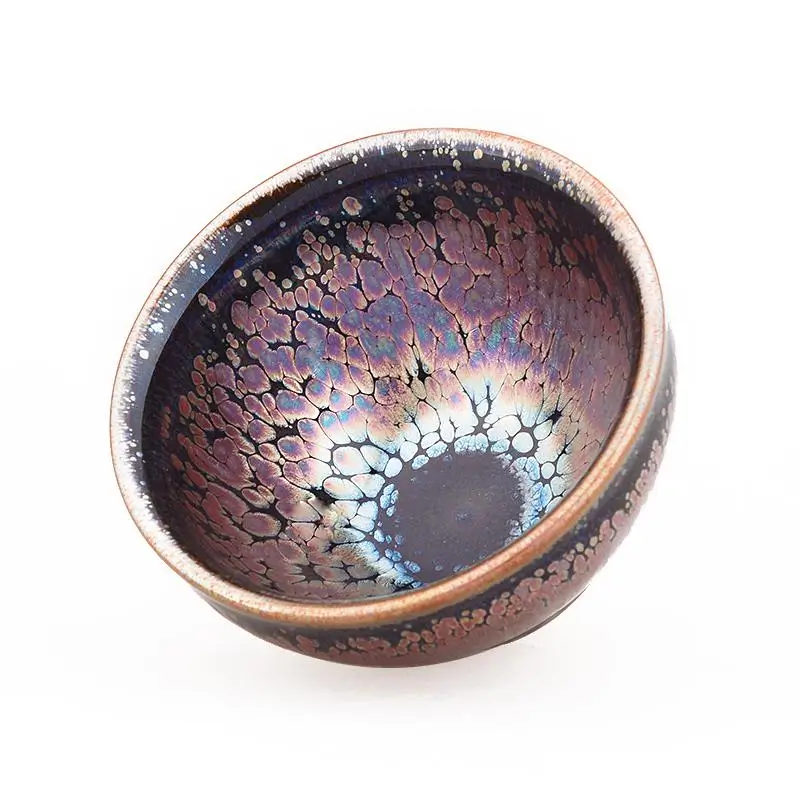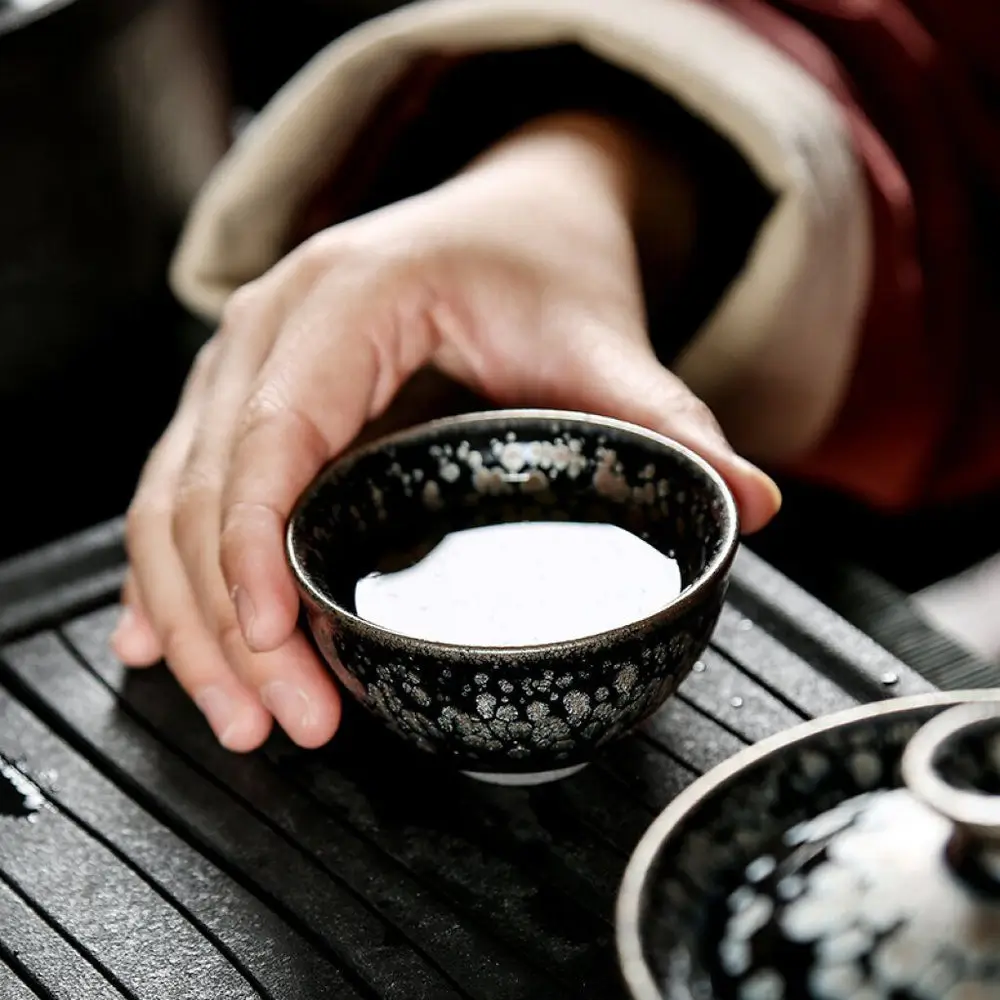How to Use a Tenmoku Tea Cup in Japanese Tea Ceremony
Using a Tenmoku tea cup during a Japanese tea ceremony is an experience steeped in tradition and artistry. As I delve into this practice, I find that the Tenmoku cup, with its rich history and unique glaze, enhances not only the aesthetic of the ceremony but also the flavors of the tea itself.
To begin, I appreciate that the Tenmoku cup, known for its simple yet striking design, is not just a vessel but a part of the ritual. Holding it properly is essential. I pick it up with my right hand and support it with my left, ensuring that I turn it clockwise to present its front to the host. This small gesture reflects respect and appreciation for both the tea and the person serving it.
When drinking from the Tenmoku cup, I follow a specific etiquette: I sip quietly, allowing the warmth of the tea to envelop me. The traditional method involves three and a half sips, with the last sip being intentionally loud to signify completion. This sound is not just noise; it embodies my enjoyment of the tea.

After finishing, I gently wipe the rim of the cup with my fingers to maintain cleanliness, showcasing mindfulness in this serene practice. The beauty of Tenmoku cups lies in their variability; no two are alike due to their unique glazing process. This individuality adds a personal touch to each ceremony.
As I engage in this ritual, questions often arise. For instance, many wonder about the significance of using a Tenmoku cup over other types. The answer lies in its historical value and its ability to enhance the flavor profile of different teas, making it suitable for various blends—from green to black teas.
In conclusion, using a Tenmoku tea cup in a Japanese tea ceremony is more than just drinking tea; it’s about embracing a culture rich in history and respect. Each sip taken from this exquisite cup allows me to connect with centuries of tradition while savoring every moment of tranquility that tea brings into my life.







